Apart from its world-famous travertine pools in a stunning shade of pure white, Pamukkale also has many historic sights in its vicinity that can take up an entire weekend of exploring.
Check out the travertine pools
Of course, the first thing that comes to mind when Pamukkale is mentioned is its pristine white terraces composed of travertine that are quite the natural phenomenon. These famous terraces are formed through amassed carbonate mineral, which arrives through the flowing water. Pamukkale means ‘Cotton Castle’ in English, a name that is very apt because the beautiful white formations do look like something out of a magical fairy tale. Spend some time bathing in its pools and enjoying the sun, since this is the ultimate Pamukkale experience.
Visit Hierapolis
The ancient Greek city of Hierapolis is another exceptional site in Pamukkale that is often overshadowed by the famous travertine terraces. Stunning due to its well-preserved state, the city was once a very important city famous for its hot springs that have been used as a spa since the 2nd century BC. Many people also came to Hierapolis to retire or die and the site has a large necropolis filled with sarcophagi, the most famous being the tomb of Marcus Aurelius Ammianos.
Swim in the sacred pool and visit the theatre
Apart from spending time exploring this fascinating archeological site, also make sure to bathe in the hot mineral waters that once made this city so important. The water is around 36 degrees Celsius in temperature and rich with minerals, as well as ancient submerged ruins. After you’re done relaxing in the warm water, head to Hierapolis’ great Roman theatre that was once able to accommodate more than 12,000 guests. The theatre is a ten-minute walk from the mineral pool with an amazing view of the hillside surrounding Pamukkale, so make sure to bring your camera. The theatre is also in peak condition due to the fact that some of its decorative facades were restored in the seventies by Italian artisans.
Head north to Laodicea
During the second day of your Pamukkale adventure, you can decide to head north to another fantastic historic site about a two-hour drive away. Excavations at Laodicea have resulted in the discovery of artifacts that date back to the 3rd century BC. Controlled by the kings of Pergamum, and later, the Roman Empire, Laodicea was a thriving city in the 4th and 6th centuries and is nowadays quite the off-the-beaten-path discovery among the natural landscape.
Bütün xəbərlər Facebook səhifəmizdə



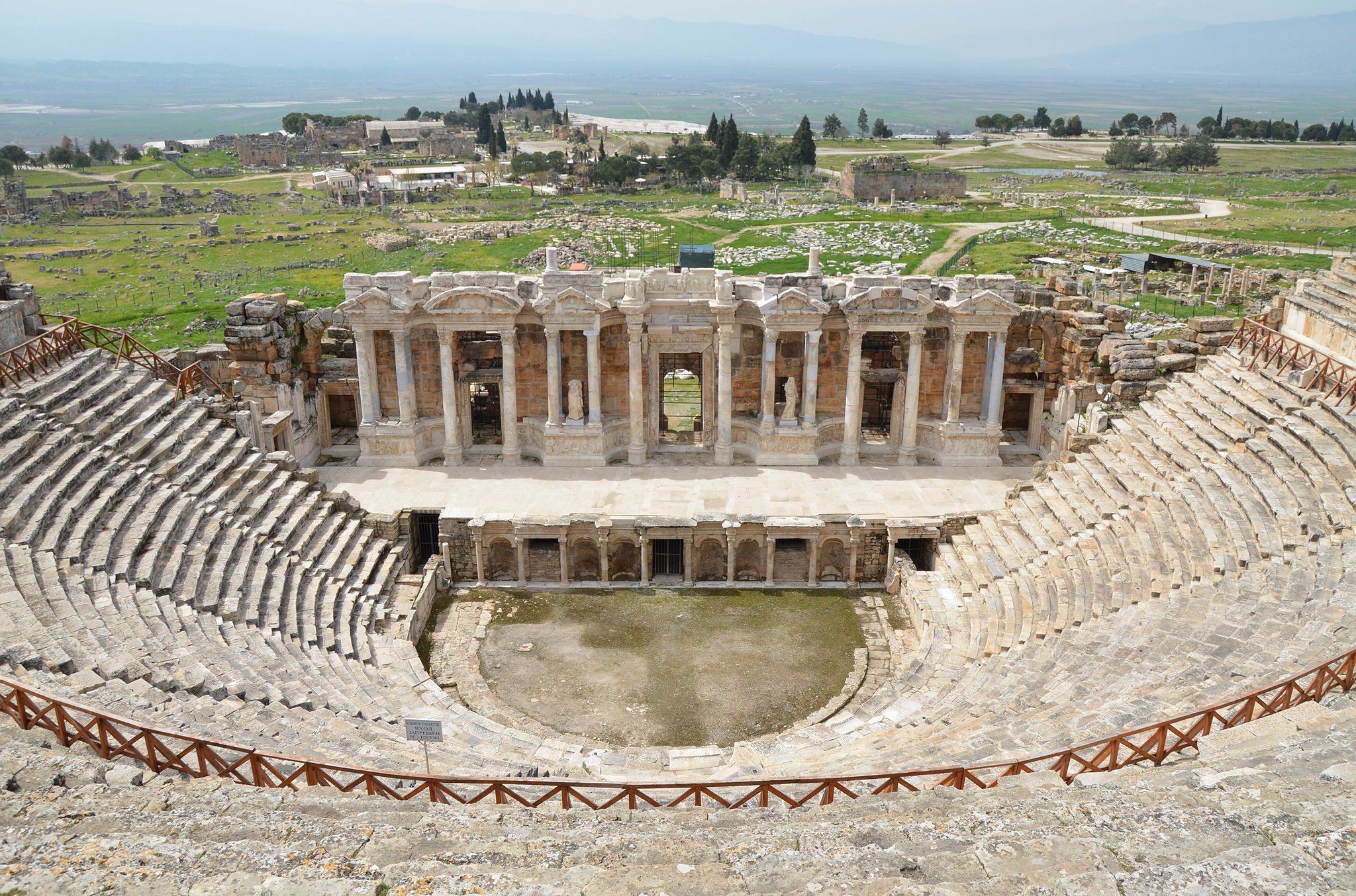

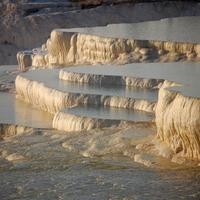
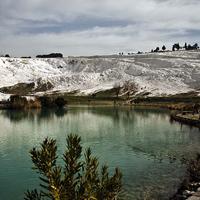
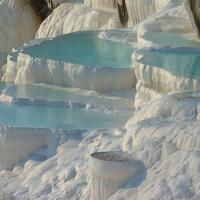
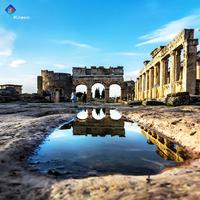
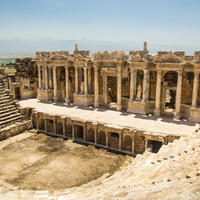
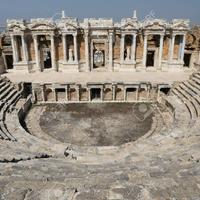
.jpg)

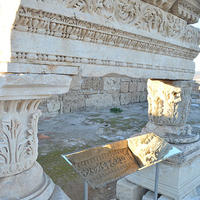
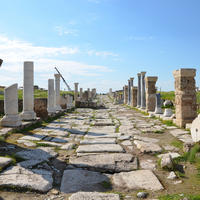
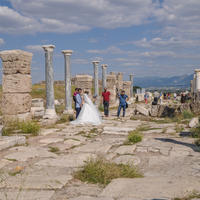
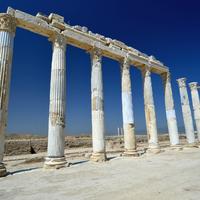
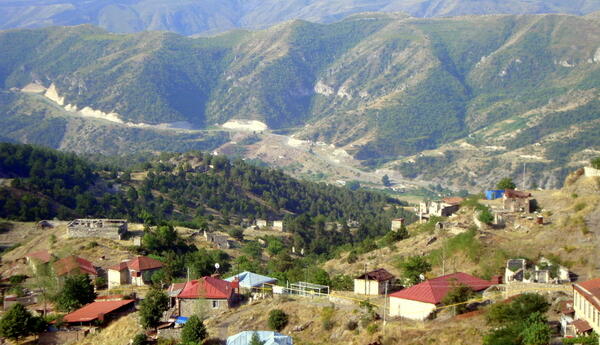









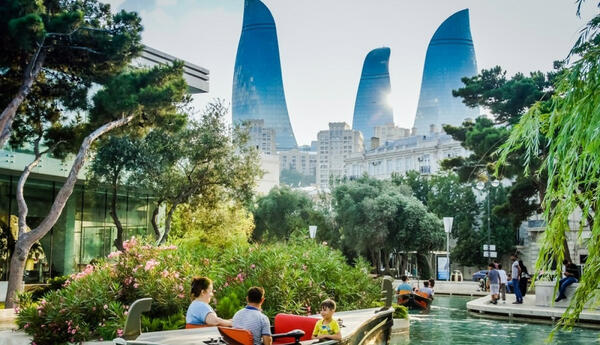













 USD
USD
 EUR
EUR
 GBP
GBP
 RUB
RUB